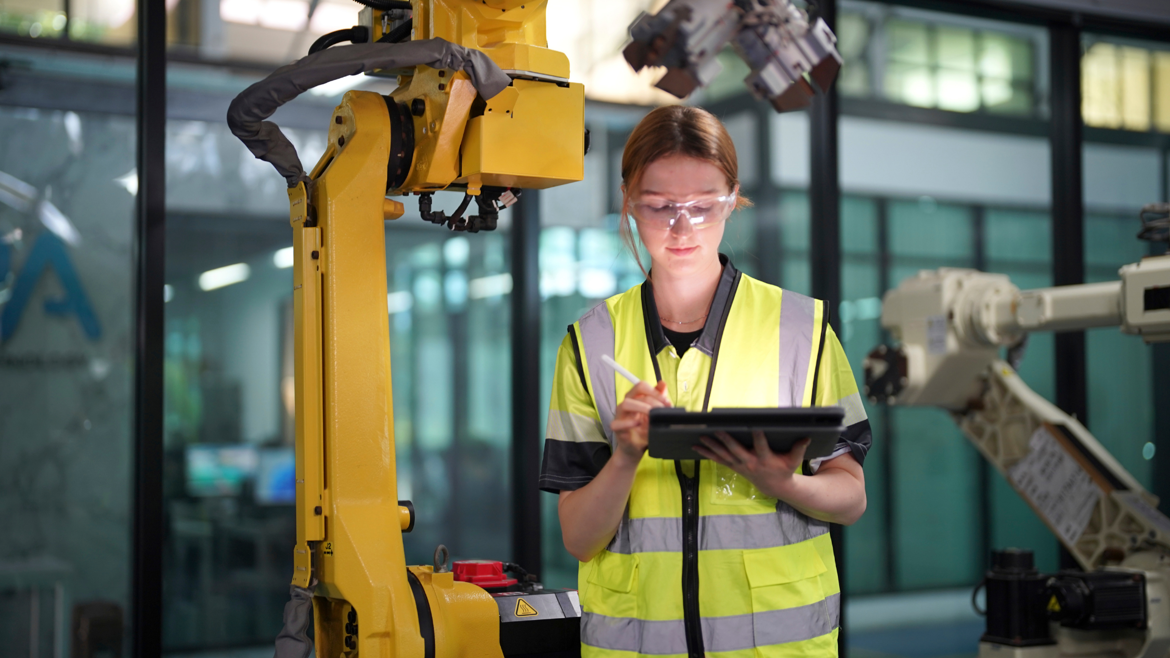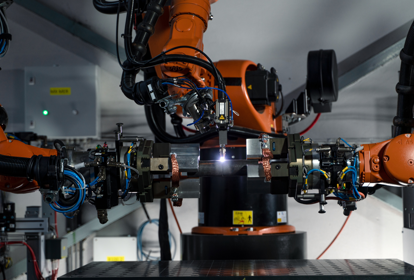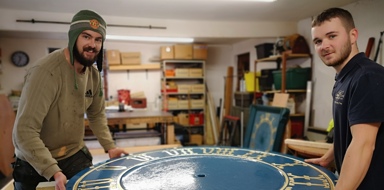It's easy to accept ways of working because we've always done it that way, or because we don’t have time to prioritise solving that problem at the moment.
As Made Smarter advisors we see SME businesses like this on a daily basis, and actually, have experienced the same problems multiple times in our own working lives. We realise it's difficult to know that there are alternative ways of doing things, when the focus is getting the next order ready for delivery, or dealing with the next urgent request from a customer. This article will point out inefficiencies with those traditional ways of working, and shed light on the off the shelf technology solutions which can make life easier.
Do you have to walk down to the shop floor to find where an order is?
Picture your workplace, maybe a customer rings up to find out how their order is getting on, or the sales team want to know what the current lead time is in production. Using paper job sheets means somebody has to walk down to the production area, find the order, and look at the job sheet to see how many operations it has left. Hopefully it’s been filled in correctly, or hasn’t been left at another machine. This is a common occurrence in many manufacturing companies, from bespoke engineering firms through to higher volume production in industries like food and beverage.
Compare this to a company which has shop floor data collection – a tablet in each production area which allows the operators to log when a job has been completed. It also gives them the order details, so they know exactly how many to make, what the latest version of the drawing is, or which colours are required. With this in place, the sales team can access the data from their phone or laptop, and check the progress of the orders on their own, and let the customer know without the delay of asking someone to walk down and have a look.
On top of saving staff’s time, collecting data in this way has a number of benefits, including more accurate job timings and costing information, improved production planning, and higher equipment utilisation. There will be other benefits depending on the type of business, and there are accessible solutions tailored to every industry.

Is overtime regularly required to meet production demands?
Unpredictable customer orders, difficulty recruiting key skills, or the fact that investing in new machinery is too expensive are all reasons why you might be reliant on using overtime to meet deadlines. The result is often paying production staff to work extra hours, at an additional rate, so that orders are delivered on time. As a short term solution, this is an effective use of resources, but regularly relying on overtime can erode the goodwill of your workforce.
An alternative to investing in new machinery is to look at adding automation, such as robotics. In a machine shop, a collaborative robot, can take on low skilled tasks, such as loading blank parts into a machine, pressing start, and then unloading the finished parts, freeing up a skilled worker for more complex tasks. A collaborative robot is designed to work in close proximity to people, as long as a thorough risk assessment is completed, and they are often a fraction of the cost of a new machine. Many people are surprised at the low cost of some robotic solutions, and payback can be much quicker than expected.
Identifying these time-consuming tasks and breaking them down means automation becomes more viable, and helps to increase capacity through improved machine utilisation without investing in a new, larger machine or production line.

Is one of the senior leadership team responsible for creating all the quotes and proposals?
It’s understandable how so many companies end up in this position – the director is responsible for creating the quotes, because they have the experience of the industry, they know the margins, they can quickly estimate work content, and have an encyclopaedic knowledge of previous projects to draw on. When a proposal is needed quickly, it’s much easier for them to just do it rather than trying to delegate to other people. The downside is that this ties up their time, and doesn’t allow them to focus on running the business. This means that opportunities to enter new markets may be missed, or the next new product development is delayed, and the career development of others in the business suffers.
It's hard to escape the term artificial intelligence (AI) in the news at the moment. Proposal creation is one low cost and practical use of AI assistants like ChatGPT or Google Gemini. Start by providing the system with a few examples of previous proposals, quotes, bills of materials, and timelines. Then it can create a first draft of the next proposal in seconds, just by instructing it how this one needs to differ from the previous examples. It can replicate the tone, writing style, include customer-specific details, and the appropriate terminology to give an excellent starting point. Rather than starting with a blank page, it becomes a task of just reviewing and refining the output – adding in the years of experience to perfect the proposal.
Not only will this free up time to focus on running the business, it also starts to capture knowledge, making succession planning easier. Soon, the job of creating proposals could be delegated to other members of the team, initially with senior leader sign off, before progressing to full delegation. Using technology in this way builds a more resilient company and allows the leadership team to focus on developing the business.
Sticking with “how we’ve always done it” is comfortable and feels less uncertain, but it’s often what’s holding a business back. Whether it’s chasing paper for order updates, relying on overtime to hit deadlines, or tying up leaders in writing quotes, small changes in technology can make a big difference. The good news is that the modern tools are accessible to small businesses, and Made Smarter is here as a guide to all of it.





